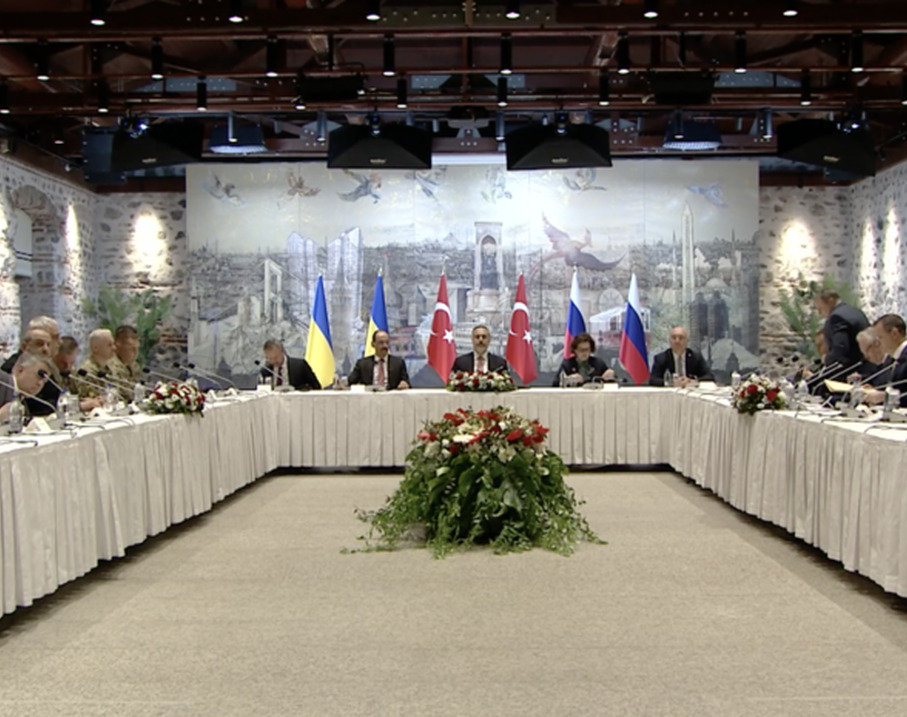
The air in Istanbul was thick with tension—not just from the weight of diplomacy, but from the stark sartorial divide at the negotiating table. While the Russian and Turkish delegates arrived wrapped in the armor of tailored suits, their Ukrainian counterparts marched in wearing military-style attire, as if they'd stepped straight from the trenches into the palace halls.
Was it a deliberate statement—a visual echo of the battlefield? Or simply the uniform of a nation still at war? The contrast was impossible to ignore: olive greens and tactical boots facing off against pinstripes and polished oxfords. One side dressed for the boardroom, the other seemingly ready to return to the front lines at a moment’s notice.
It wasn't the first time clothing sparked debate. Months earlier, a journalist had drawn criticism for chastising Ukraine's leader for abandoning suits in favor of wartime practicality. Now, the delegation’s attire seemed to double down on that unspoken ethos—war doesn’t pause for dress codes.
Meanwhile, outside the palace, the Black Sea wind carried echoes of intercepted drones and whispered sanctions. Inside, the real negotiation might have been in the silent language of attire—a reminder that for one side, this was still a war room.
As the talks unfolded, the clothes became more than fabric. They were a metaphor: the polished veneer of diplomacy clashing with the grit of survival. And in that room, every crease in a suit, every scuff on a boot, told a story no press release could capture.
















